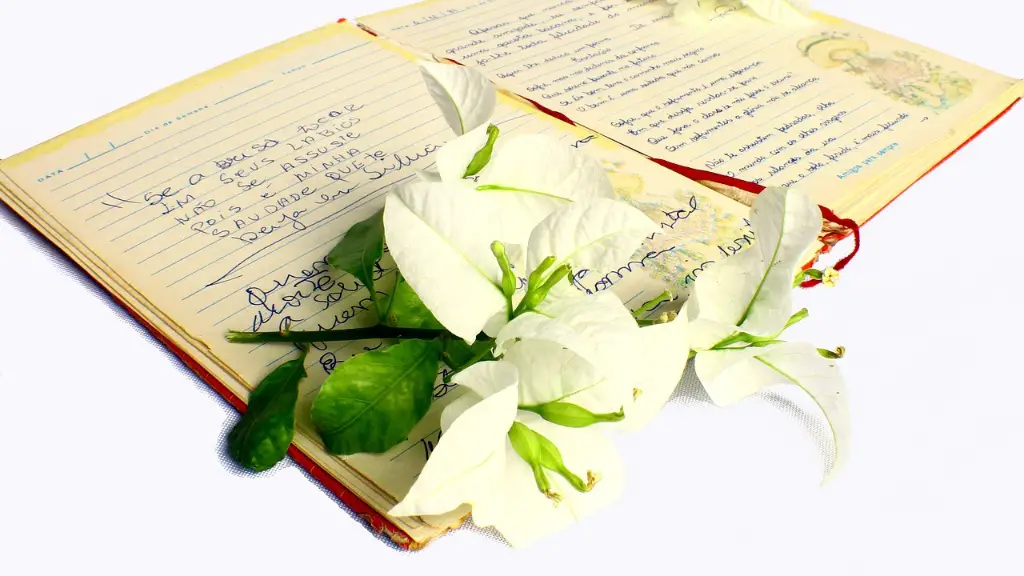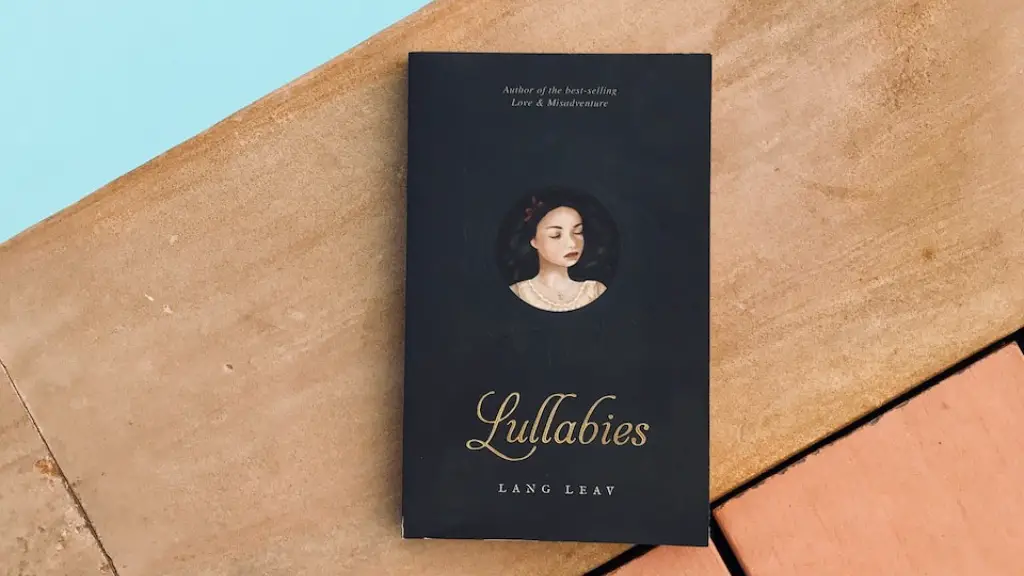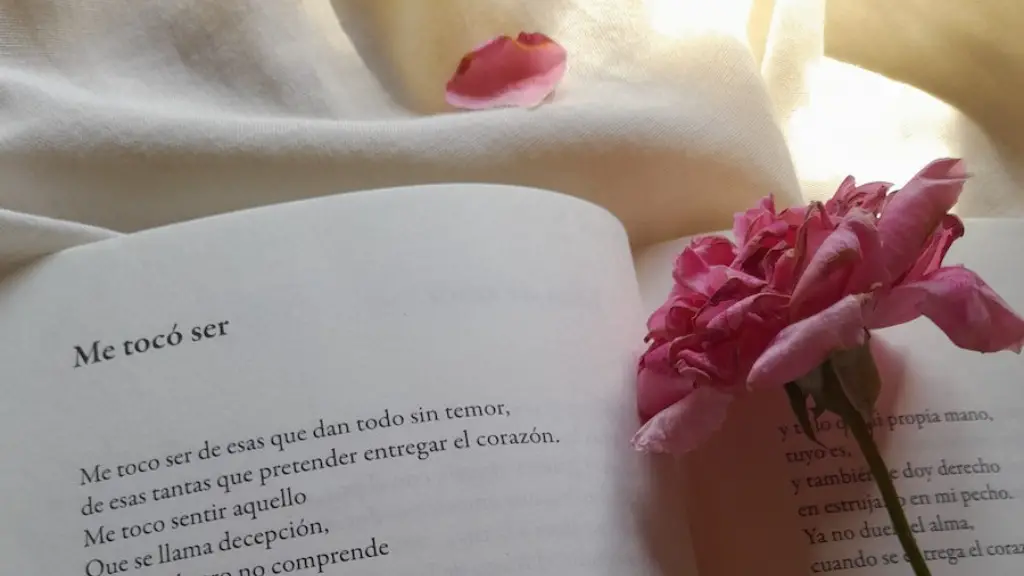In the world of poetry, prose form is widely expressed and appreciated. Prose poetry is an emerging form of literature that combines poetic structure with the structure of written prose. Prose poetry is distinct from traditional literary genres because of the lack of traditional metrics and rhyme and the frequent use of complex figures of speech. Prose poetry can be described as poetic writing in the form of prose, which is defined as a type of writing with sentences that flow from one to another like a conversation rather than a poem (i.e. through the use of thoughtful syntax and poetic license).
Prose poetry is a more modern form of lyrical expression that has gained popularity in recent decades. It often contains elements of narrative poetry, although without the constraints of regular stanzaic form. It also has elements of free-verse poetry because its language tends to be looser, more circular, and more diverse in terms of its structure and topic. The traditional rules of prosody (the study of patterns of stress and intonation in language) do not apply in this genre. Thus, prose poetry is free from the strictures of regular rhyme and meter, allowing it to embrace the expressive potential of symbolism and metaphor in a more free-flowing way.
The aim of prose poetry is to showcase a poem’s beauty and truth in an unconventional way. It’s often more abstract than traditional poetry and has no clear-cut rules so different writers can approach it in a multitude of ways. It is meant to be an artistic expression, exploring emotions and ideas through creative use of language. As such, writers of prose poetry are often more focused on creating imagery and pushing the boundaries of traditional language than on following strict poetic form.
One way that prose poetry differentiates itself from traditional poetry is through the complexity of its themes and language. Prose poetry often offers unique and creative expressions of ideas, using diction, figures of speech and imagery to explore emotions and truths. It also often involves a more challenging process of selecting which parts of a poem to express and emphasize. This is because, instead of being structured in the conventional ‘meter’ of a traditional poem, prose poetry makes use of techniques such as alliteration and assonance, as well as poetic devices such as symbolism, imagery, and metaphor.
Though still a developing form of poetry, prose poetry is already quite popular among young writers and established poets alike. Its appeal lies in its ability to explore the depths of human experience and emotion in a nonlinear, unconventional way. Writers of prose poetry often note that its freedom from conventions gives them the ability to explore unique angles of their work that they are not able to do in other forms of poetry. Ultimately, it is a powerful and expansive way of communicating that allows poets and writers to think outside of the box.
A Brief History Of Prose Poetry
The term prose poetry was coined by French writers in the 19th century, but the concept of the form has existed since the 1500s. It became increasingly popular in the 20th century, beginning with the work of French Symbolist poets such as Arthur Rimbaud, Paul Verlaine and Stephane Mallarme. During this same time, prose poetry also began to gain traction in the United States, with the works of Wallace Stevens, Ezra Pound and T.S. Eliot. Since then, many contemporary writers have crafting prose poetry, as well as hybrid forms such as flash fiction, in order to express their thoughts.
Prose Poetry & Pop Culture
In the 21st century, prose poetry has become increasingly prevalent in popular culture. For example, music is a form of prose poetry—in fact, many popular songs are written in the form of a poem. Other examples include social media, where poetic tweets and Instagram captions are common, as well as television and film references to popular words, phrases, and verses. Additionally, contemporary video games often contain quotes or verses in the form of prose poetry, which can add to the narrative of the game while stimulating the imagination of the gamer.
Popular Examples Of Prose Poetry
Nowadays, many poets are experimenting with the possibilities of prose poetry. A few notable examples include Robert Hass’ “Instructions for Turtle Documents”, Edgar Allan Poe’s “The Raven”, Ocean Vuong’s “In the Old Days, They Called Me an Orphan”, and Howard Nemerov’s “The Wind and the Rain”. Through these and other examples, it’s clear that prose poetry is capable of producing unparalleled beauty and impactful expressions of the human experience.
Challenges & Benefits Of Writing Prose Poetry
Writing prose poetry can be a challenging yet rewarding experience for writers. Despite its potential for creative freedom, there are also certain technical aspects to consider. For example, it can be difficult to ensure that the narrative and themes of prose poetry are communicated clearly. Similarly, it’s sometimes challenging to select and arrange the words and phrases in a way that is poetic and conveys the desired message. However, by overcoming these challenges and learning the musicality of language, writers can develop both their poetic and prose skills, enjoying the process as well as the results.
Characteristics Of Prose Poetry
In its most basic form, prose poetry often relies on sensory language, imagery, metaphor, and alliteration. It is typically written with a distinct pattern and rhythm, which helps the reader to follow the poem’s narrative. Similarly, it often follows a certain format such as a story, parable, or monologue. Furthermore, prose poetry has a unique structure that sets it apart from other forms of poetry, such as its tendency to contain longer sentences and its use of unconventional punctuation.
According to Critics: An Analysis of Prose Poetry
Though many contemporary poets write and explore prose poetry, there is still much to be learned about the genre. Critics agree that because of its lack of traditional metrics, most prose poetry falls into the category of experimental discourse. However, the form also has the potential to be ‘literary’ in nature, or to explore the depths of its chosen topic. Across all opinions, prose poetry is regarded as a daring and exciting form of literary expression that allows for exploration and experimentation.
The Future Of Prose Poetry
Given its recent rise in popularity, authors and critics alike will be interested to see the future of prose poetry. As the form evolves, many envision an ever-growing, ever-changing genre loaded with fresh ideas and creative language. Most predicted that prose poetry will continue to be veered towards experimental writing, but will ultimately develop into something more. After all, the beauty of writing prose poetry lies in its potential for exponential innovation, and writers everywhere are more than eager to see what the next generation has in store.



